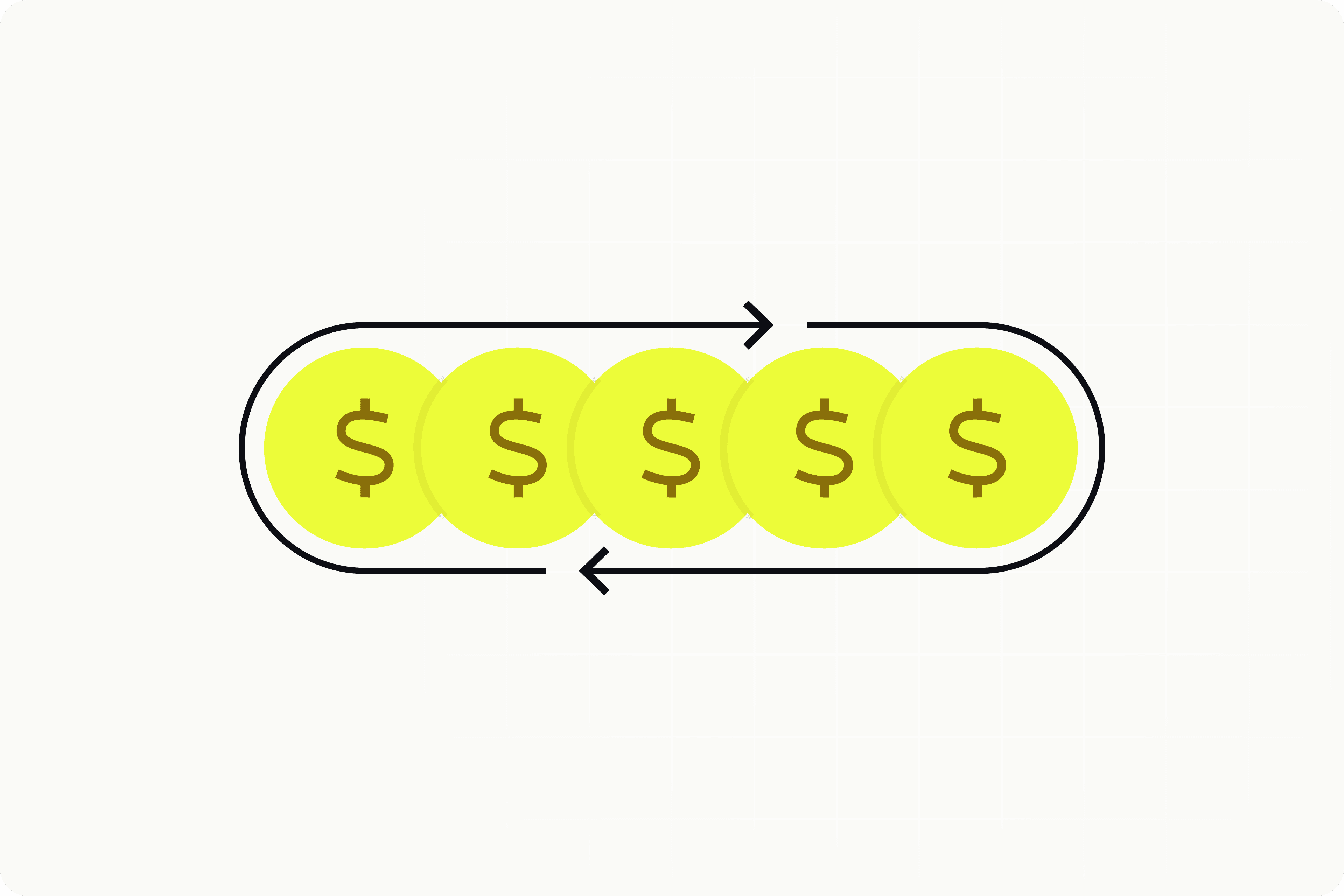Canopy Founder and CEO, Matt Bivons was on a recent panel at Fintech Nexus in New York. He and Dhruv Vakharia, Chief Financial Officer at Vervent, discussed everything from the future of AI in finance to whether the current lending environment is as tough to crack as industry voices are making it out to be.
Below is a summary of their exchange.
Is the current lending environment as bad as people say?
While it depends on which asset class you’re talking about, Matt and Dhruv agreed that technology and continued innovation is going to be critical here.
Dhruv Vakharia, Chief Financial Officer at Vervent:
Things that we’re always thinking about, as we sort of weather the storm is, what can we do from a tech or innovation standpoint to manage underwriting and credit risk better? How do we model inflation, which is just brand new to a lot of us? We then need to face rising delinquencies as well.
Matt Bivons, Founder and CEO at Canopy:
In uncertain times, you need a modern core and servicing tech. You need to be able to process the real time data to be able to surface that data back into underwriting systems so that you can make better risk decisions. You also need to be able to communicate proactively to your end borrowers so that they feel assured in what’s going on.
We very much believe in transparency as a core principle at Canopy. And so we want to give that transparency through real time data access for our lenders, but also to the borrower.
This way, they understand exactly how much interest is owed and exactly how the payment is being poured. These types of technological advances create an overall better experience that even in uncertain times, you’re able to help engage with your end borrower and give them some peace of mind.
What’s the future of AI in fintech?
Definitely a lot of use cases here, but you’ll always need humans.
Matt: Canopy uses data and machine learning to make better decisions. We use that to create automations and workflows to make operators better servicers.
Today, AI is something that helps you do your job better, it helps engineers code better, faster, it helps you research and discover information quicker. And so certainly we will be integrating that into everything that we do, but really Canopy is a data company.
I also think that you still need people in servicing and you need to be able to answer the phone. Servicing is a point of engagement and for all of our customers, BHG being one of them. They want to own the operational piece of servicing, to answer the phone, customer emails, and they want to create a better experience. And so I think we are still far off from full automation and AGI replacing humans actually answering and communicating back with their customers.
Dhruv: It’s tech plus human, and the human element is not going away anytime soon. However, having said that, the cost of servicing continues to go up. So we continue to utilize tech to kind of manage that aspect of the bottom line.
Automation plays a huge role in making things more efficient. I do think with the whole Chat GPT and machine learning is hitting the tape these days. We are seeing more use cases, or a great number of solutions that are helping us do two things specifically:
One is helping consumer engagement, like Matt said. Helping keep those consumers sticky and satisfied. The second is immensely important, which is helping us on the compliance and the regulatory front.
Because traditionally, the balance isn’t just human versus machine. You’ve got to layer around that. Sometimes the customer wants a human element, and you’ve got to provide both.
Regulation going to continue to become more aggressive?
If you were hoping that regulators were going to ease up any time soon, you’re going to be disappointed.
Dhruv: You know, I think I think it was actually pretty commonsensical what happened. You get into an environment with free money growth at any cost. Folks are willing to fund anything for the next shiny new object, tech or otherwise.
You’re going to see a bunch of things happen – some really good and some not so sustainable. And now with the regulatory regime being the way it is, I do think there’s a more discerning look on everything that took place. I think there are more complaints that are being funneled back up through agencies like the CFPB. I think the regime as a result is going to do more about that, to try and enforce things across the industry.
Matt: Yeah, I agree with that completely. I think that things will continue to get tighter from a regulatory standpoint. I also think that lenders can get ahead of that by working with all of their software vendors to stay in compliance, something that we take very seriously at Canopy.
Safety is one of our three guiding principles (safety, transparency, personalization). Making sure that we can help our lenders stay compliant, understand state and regulatory rules through the software is really, really important.
And then I also think that we can get ahead of it a little bit by looking at all of the fintechs that only utilize interchange as their main revenue source. They’ve sort of skirted around the Durbin rules, and when some of the large institutional banks say, why do they get more revenue from a debit swipe than something else, you need to diversify your revenue stream. So, I think regulatory risk also goes to breaking a lot of business models within fintech.
What are you most excited about over the next 12 months?
Continued technological advances in finance will continue, despite some headwinds.
Matt: I’m excited for companies that are on debit cards right now to expand into credit and lending, so needing a place to have a universal understanding of their data. Canopy supports many different types of product configurations, so this is in our wheelhouse.
And then I’m also very excited on the B2B side. I think working capital merchant cash advances and invoice factoring is an entire blue ocean. Consumer [products] have been a little over innovated over the last few years, so we continue to double down on the B2B side of lending as well.
Dhruv: I think there’s going to be a ton of businesses which have solid tech, but were just mismanaged or funded by the wrong pockets of capital. And so we could probably leverage some of those platforms ourselves, or step in. We operate about a dozen different servicing platforms, because we service loans, leases, different asset classes, etc. From a tech standpoint, what we’re most excited about, and we’re doing this right now, is just better integrating all those using large language models and decision theory models and whatnot.




